Rothamsted Research is the longest-running agricultural research institute in the world, with a history dating back to the middle of the 19th century.
Sir John Bennet Lawes, an archetypal Victorian scientist, entrepreneur and benefactor, became interested in agricultural science after leaving Oxford University. On assuming responsibility for the family estate at Rothamsted (Harpenden, Hertfordshire, UK), Lawes started several small-scale experiments involving inorganic fertilizers applied to plants – and his discoveries led to him taking out a patent for the manufacture of superphosphate fertilizer.
In 1843 Lawes recognised that his experiments should be conducted in a systematic and comprehensive manner and appointed an eminent chemist Dr. Joseph Henry Gilbert to help manage them, a move which effectively marked the founding of the Rothamsted Experimental Station (now Rothamsted Research).
Delta-T Devices has a long running and proud connection to Rothamsted Research – having supplied sensors and data loggers for many of its important scientific projects.
Long-term experiments at Rothamsted
Between 1843 and 1856, Lawes and Gilbert established nine field experiments at Rothamsted, mainly focussed on crop nutrition with contrasting inorganic fertilizer and organic manure treatments.
Remarkably, seven of the experiments continue – making them the oldest continuously-running field experiments in the world. These, and others established since the 19th Century, are known collectively as the Long-Term Experiments (LTEs).
Strong relevance to modern agriculture
Despite the record-breaking longevity and incredible heritage of the long-term experiments, they have continually evolved to remain relevant to contemporary farming practices without losing their long-term integrity. On some of the experiments the original large plots have been sub-divided to introduce new treatments or managements, ensuring that they produce data and findings pertinent to modern agriculture.
Today, the LTEs are supported by strategic funding from the Biotechnology and Biological Sciences Research Council (BBSRC) as a National Capability, together with support from the Lawes Agricultural Trust.
The Park Grass Experiment
The Park Grass Experiment was established in 1856 to study the effects of different types and amounts of mineral fertilizers and organic manures on the yield, botanical composition and quality of a mixed sward cut for hay. (Figure 1).
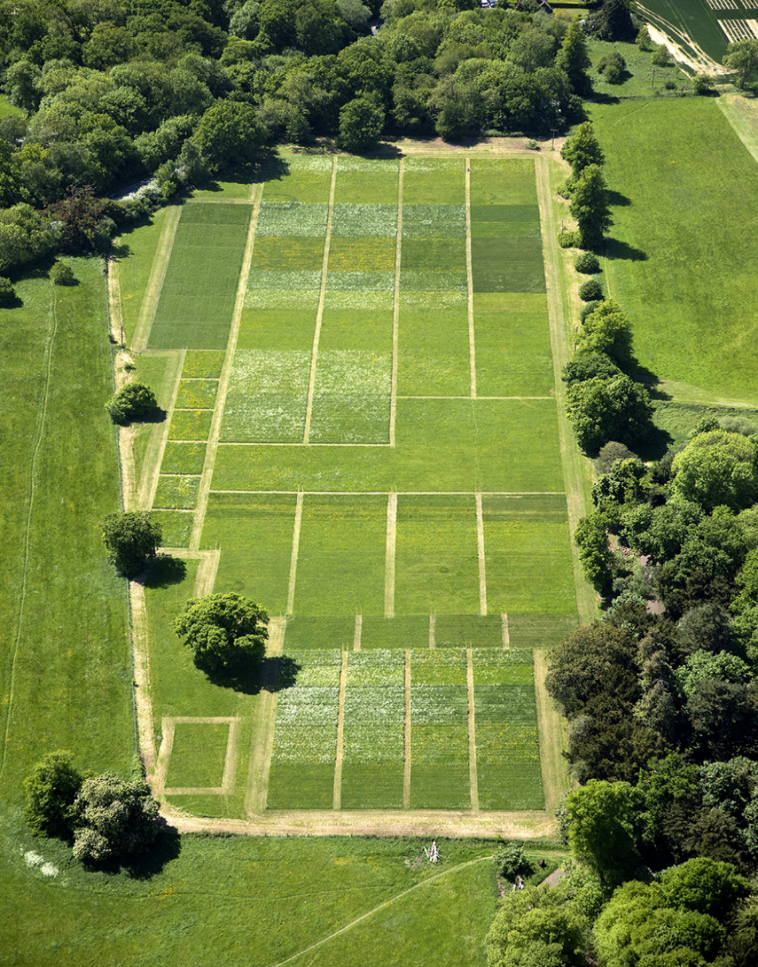
Figure 1. The Park Grass Experiment at Rothamsted Research
Image Credit: Delta-T Devices Ltd.
Since 1965, liming treatments have been established which maintain subplots at target soil pH values of 7, 6 and 5, with an unlimed control. Plots are cut annually in mid-June to make hay, allowing seeds to be shed, with a second cut in late autumn.
Within a few years of the experiment, it became clear that the treatments were having a dramatic effect on the botanical composition of what had been a uniform sward. In general, nitrogen increased herbage yields, but reduced plant species numbers by repressing legumes and encouraging other species to dominate, especially grasses.
Without lime inputs, the soil has acidified slowly through deposition from the atmosphere and where ammonium fertilizer has been applied, which has reduced the yield and quality of hay, and increased the concentration of some metals in the most acidic soils (which can be as low as pH 3.5).
The continuing effects of the treatments on herbage yields, botanical diversity and soil chemical properties, in the context of changes in atmospheric inputs and climate, has meant that Park Grass has become increasingly important to ecologists, environmental scientists and soil scientists.
The Aims of the Experiment
There is a considerable dataset on soil chemistry at Park Grass, and the experiment has recently been the focus for important microbiological characterisations. However, relatively little work has been done to understand the long-term effects of the different treatments on soil physical properties, especially soil hydrology. The great botanical diversity across the treatments may have resulted in different rooting characteristics and water uptake requirements on the plots. Consequently, the Rothamsted team were keen to characterise any effects on soil hydrology by monitoring the soil water content on contrasting plots.
The Sensor Layout
Rothamsted selected the unlimed subplot of eight main treatment plots covering a range of inorganic fertilizer and organic manure inputs, and an additional four subplots which receive sufficient lime to achieve a target soil pH of 6.
In total, these selected 12 subplots covered a wide range of botanical composition (from 1 species to over 30 species) and herbage yield (from 2 to 7 tonnes of dry matter per hectare per annum) (Figure 2). In each of the 12 subplots three Delta-T Devices SM150T Soil Moisture Sensors were installed horizontally at a depth of 20 cm, with the cables relayed back to three GP2 Data Loggers through conduit piping (Figure 3).
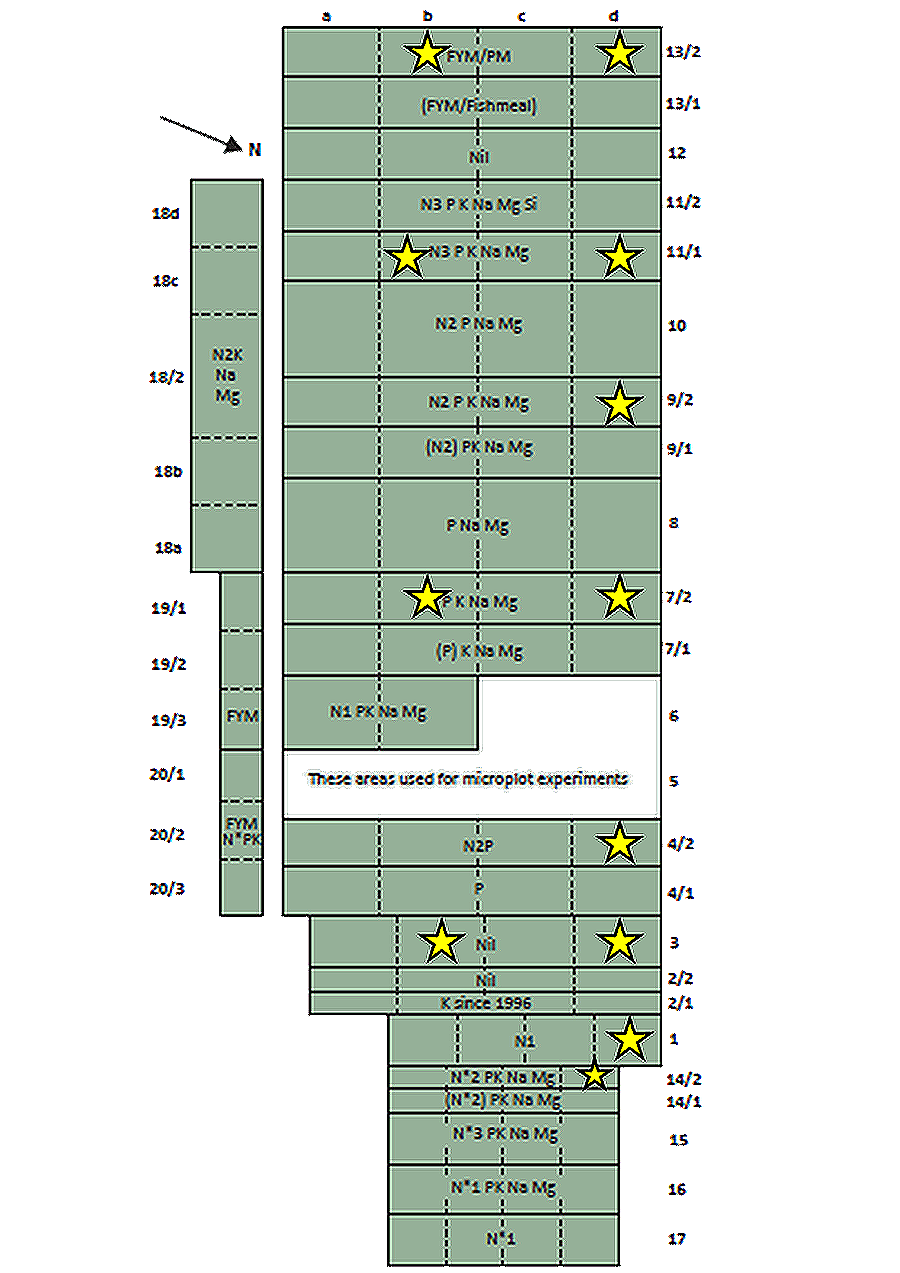
Figure 2. The 12 subplots of the Park Grass Experiment selected for installation of the SM150T soil moisture sensors (three per subplot)
Image Credit: Delta-T Devices Ltd.
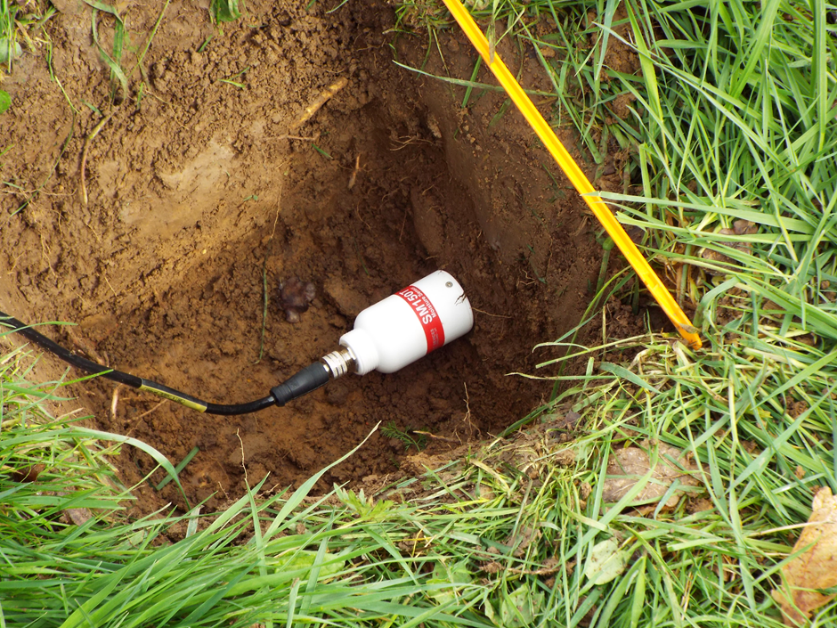
Figure 2. A Delta-T Devices SM150T Soil Moisture Sensor, installed at 20 cm depth at the Park Grass Experiment
Image Credit: Delta-T Devices Ltd.
The sensor installation was completed in February 2020 with the loggers interrogating the sensors every minute and recording the average, maximum and minimum soil water content every hour for upload to Delta-T Devices’s online data viewing and sharing platform – DeltaLINK-Cloud. This meant that real-time data could be viewed by the Rothamsted team remotely on mobile smart devices.
(Figure 4).
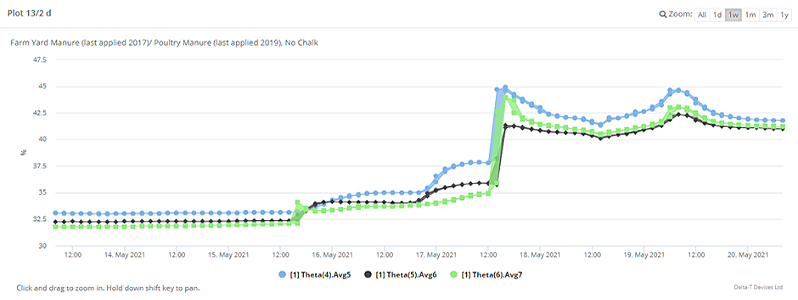
Figure 4. Typical DeltaLINK-Cloud hourly data from three replicate SM150T sensors installed in a single subplot at the Park Grass Experiment (FYM/PM (organic manure), unlimed; Plot 13/2d; 13-20 May 2021)
Image Credit: Delta-T Devices Ltd.
Initial Observations
After some initial variation, as the soil recovered from installation of the sensors, the Rothamsted team are now recording data with generally good agreement between each SM150T sensor within any subplot. Figure 5 shows data from October 2020 – May 2021 for limed (b) and unlimed (d) subplots of three treatments: Nil (unfertilized control; Plot 3), N3PKNaMg (inorganic fertilizer; Plot 11/1), and FYM/PM (organic manure; Plot 13/2). Broadly, the soil has a volumetric water content of 40-50% in the winter, falling to 20-30% in the summer at 20 cm depth. This annual range would seem reasonable for a silty clay loam – and agrees with water retention data from other experiments at Rothamsted under permanent grass.
A preliminary examination of the data indicated to the Rothamsted team that soils receiving lime have a greater soil water content than those which do not. It could be that the greater herbage yields and botanical diversity resulting from liming have led to a change in soil structure such that more water is stored at 20 cm, enough to satisfy the greater above-ground biomass. The lowest water contents were found for the unlimed inorganic fertilizer treatment which has a very acidic soil (pH 3.4). The accumulation of partially decomposed plant material on the surface of this soil may impede movement of water into the mineral soil below and may in part explain the low water content measured.
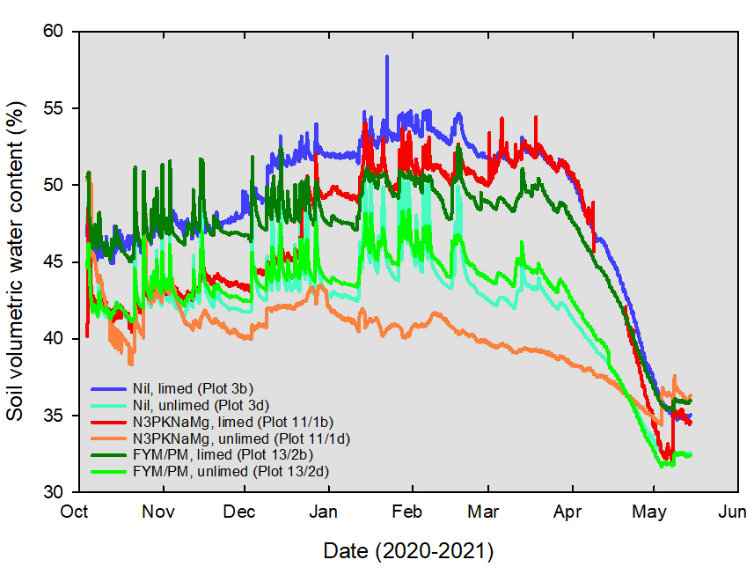
Figure 5. Soil water content (mean of three sensors) for limed (b) and unlimed (d) subplots of three treatments: Nil (unfertilized control; Plot 3), N3PKNaMg (inorganic fertilizer; Plot 11/1), and FYM/PM (organic manure; Plot 13/2) on the Park Grass Experiment (October 2020 – May 2021)
Image Credit: Delta-T Devices Ltd.
Next Steps for the Research Team
The team at Rothamsted intend to explore relationships between the soil water content and soil chemical and microbiological properties using existing datasets.
They also plan to carry out other complementary measurements of soil physical properties (notably the soil water retention characteristic) to further investigate the effect of the long-term treatments on soil hydrology on the Park Grass Experiment.
Rothamsted Research Team
Andy Gregory, Andy Macdonald, Jonathan Storkey, Tony Scott